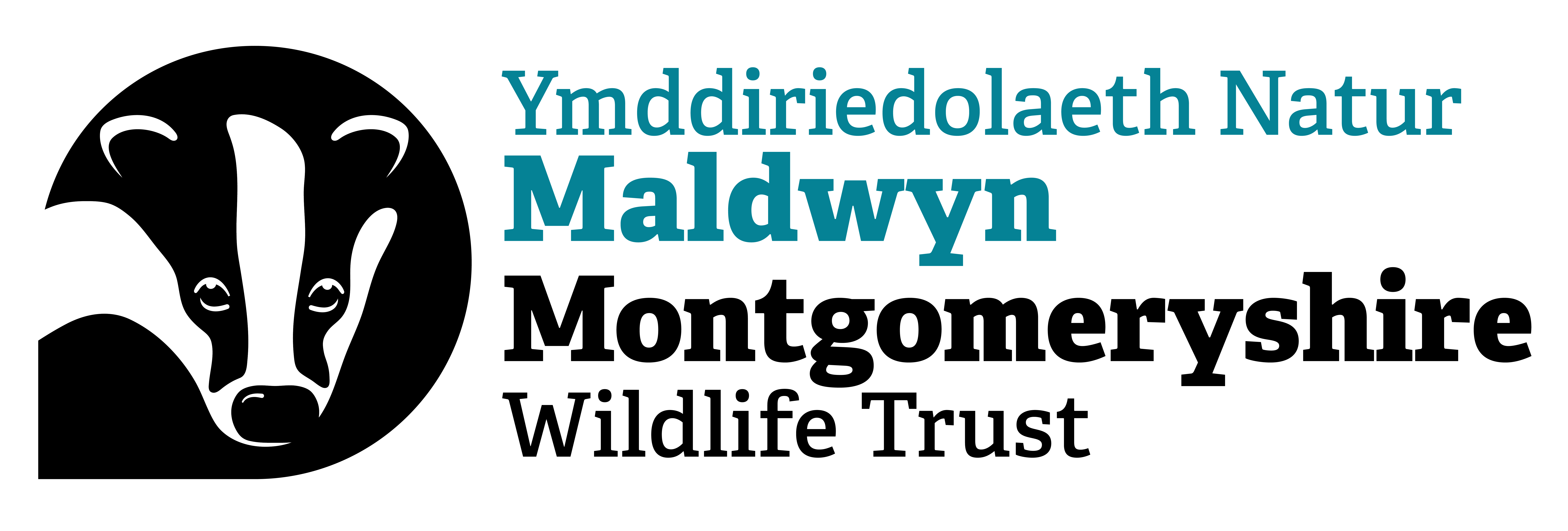Shoppers at Tesco in Welshpool can now vote to support Montgomeryshire Wildlife Trust’s ‘Community Art in Nature’ project.
The creative endeavour will see our award-winning nature for wellbeing programme ‘Wild Skills Wild Spaces (WSWS)’ working with young people from the area to create a beautiful wildlife mural in…
